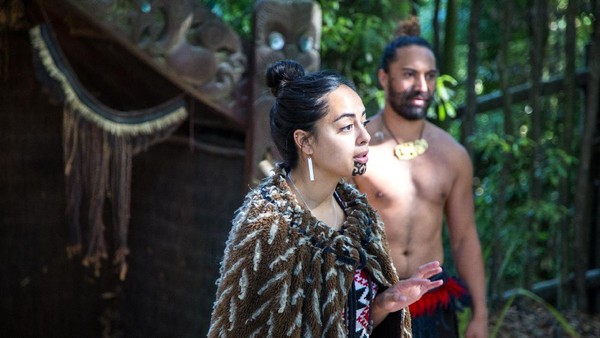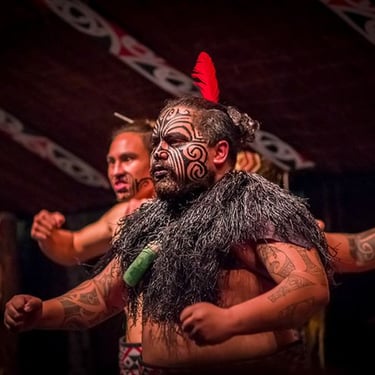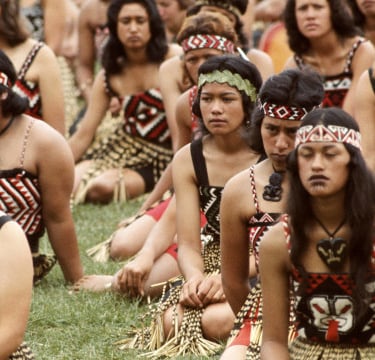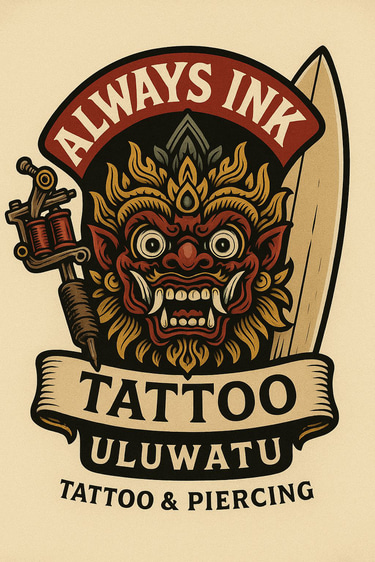The Tattoos of the Māori: The Sacred Art of Tā Moko
Steven tan
3/2/20252 min read


The Māori people of Polynesia have a deep and sacred tattooing tradition known as Tā Moko. Unlike modern tattooing, Tā Moko is not just body art—it is a mark of identity, heritage, and personal history. These intricate facial and body tattoos symbolize social status, genealogy, achievements, and a connection to the spiritual world.
1. The Meaning and Symbolism of Tā Moko
Tā Moko is more than decoration; it carries profound meaning for the wearer and their community. Some of its key purposes include:
Indicating social status and rank → High-ranking individuals, such as warriors and chiefs, had more elaborate designs.
Representing ancestry and tribal affiliation → The patterns in Tā Moko are unique to each person and reflect their genealogy.
Marking personal achievements → Specific designs tell the story of a person’s life, including battles fought, wisdom gained, and rites of passage completed.
Strengthening spiritual connection → Māori believe Tā Moko links them to their ancestors and the spiritual world.
2. The Design and Placement of Tā Moko
Unlike modern tattoos, Tā Moko follows strict cultural guidelines. The design and placement of each tattoo have distinct meanings:
a. Moko Kanohi (Facial Tattoos)
Facial tattoos are the most prestigious form of Tā Moko, often worn by high-ranking men and women. Each section of the face represents a different aspect of identity:
Forehead (Ngakaipikirau) → Represents rank and social status.
Eyebrows and eyes (Ngunga) → Reflects the wearer’s position within their tribe.
Cheeks (Uirere) → Symbolizes a person’s work or occupation.
Nose (Raurau) → Represents ancestry and genealogy.
Chin (Wairua) → Indicates personal mana (spiritual power).
Women commonly receive Tā Moko on the lips and chin, emphasizing beauty and spiritual strength.
b. Moko Waha (Lip and Chin Tattoos)
Women’s Tā Moko is often concentrated on the lips and chin. A fully tattooed lower lip is a sign of maturity and high status.
c. Body Tattoos
Men also receive tattoos on their thighs, buttocks, arms, and chest. These tattoos often indicate courage in battle, personal strength, or tribal affiliations.



3. The Traditional Tattooing Process
Moko was traditionally carved into the skin using chisels (uhi), rather than being punctured with needles like modern tattoos. This method left deep grooves in the skin, giving Tā Moko a unique textured appearance. The process involved:
Carving the skin with a bone chisel
Applying natural ink made from burned wood or plant resin
Undergoing an extremely painful process, often performed in stages
Because of its sacred nature, the tattooing process was accompanied by rituals and prayers.
4. The Decline and Revival of Tā Moko
During the European colonization of New Zealand, Tā Moko faced a sharp decline due to:
The influence of Christian missionaries who viewed tattoos as pagan.
The banning of traditional Māori customs by the government.
The forced assimilation of Māori into Western culture.
However, in recent decades, Tā Moko has experienced a revival. Many Māori are reclaiming their cultural identity by getting traditional tattoos, and modern artists are adapting the techniques using contemporary tools while respecting traditional designs.
5. Kirituhi: The Modern Adaptation of Tā Moko
Non-Māori who admire Tā Moko often opt for Kirituhi, a similar tattoo style that respects Māori patterns but does not hold the same sacred significance. This allows people outside the culture to appreciate the art without appropriating its deep cultural meaning.
Conclusion
Tā Moko is a powerful cultural symbol for the Māori people, representing identity, status, and spirituality. Despite historical suppression, the tradition is making a strong comeback, preserving Māori heritage for future generations
